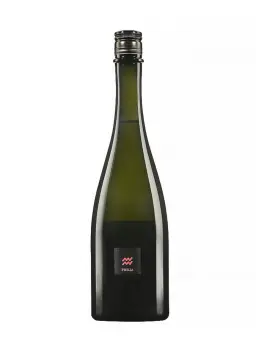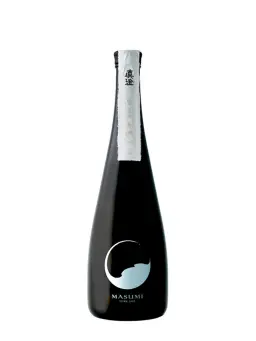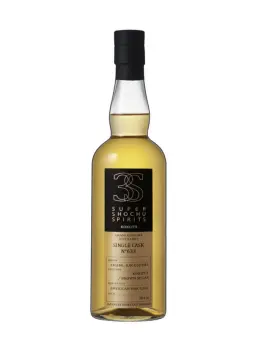
Saké et shochu
The fruit of ancestral rice processing and fermentation techniques, sake is produced by nearly 1,200 breweries spread across the length and breadth of Japan.
The history of this beverage is itself the tale of Japan’s technological progress and cultural evolution, beginning with the introduction of rice to the islands in the 3rd century B.C. At first a rather rudimentary process, the production of sake became more structured between the 8th and 12th centuries as its consumption grew more widespread and popular beyond the sole sphere of the nobility. Though brewing techniques did evolve between the 14th and 16th centuries with the development of new fermenting methods, sake’s countrywide boom can truly be said to have occurred during the Edo period (1603- 1868). Many producers (known as kura) experimented w ith modern brew ing techniques, including the use of pasteur i sat ion lon g before L ou i s Pa steu r popularised it in Europe. The modernisation of Japan during the Meiji era (1868-1912) led to sake breweries adopting Western tools and techniques, improving both the quality and efficiency of their production.
A passionate fan of this ancient form of rice wine, Youlin Ly founded La Maison du Saké in 2015 with the goal of sharing the rich history and diversity of sake with the public, chefs, and sommeliers alike. Both the La Maison du Saké shop and gourmet restaurant ERH (Eau, Riz, Homme) — which share the very same address — are now essentia l destinations for sa ke enthusiasts. Their selection ref lects today’s sake scene by featuring iconic Japanese breweries both traditional and modern. Some have stood for centuries: Masumi, founded in 1662, is famous for producing Japan’s most widely-used yeast strain. This catalogue features Masumi’s latest release — with a label created by designer and architect Shinichiro Ogata — in addition to two other exclusive sakes from breweries whose roots can be traced back to the late Edo period: Izumibashi, one of the few breweries to grow its own rice, and Takeno, a resolutely modern brewery which has reintroduced heirloom rice varieties that had fallen into obscurity.
Drawing inspiration from the fine wine lists curated by experienced sommeliers, ERH’s sake menu features a selection of over 100 sakes classified by region and by character: modern styles with fruity and floral notes, sparkling brews, traditional “rice” sakes with notes of grain, subtle and mineral “water” sakes, “natural” brews with dry, yeasty flavours… The menu also showcases aged sakes, as well as rare bottlings and traditional liqueurs such as plum-infused umeshu. Twenty-odd Japanese shochus are also on offer, distilled from rice, barley, sweet potato, or sugarcane. Amami’s single cask, featured within these pages, is a fine example of the latter.



